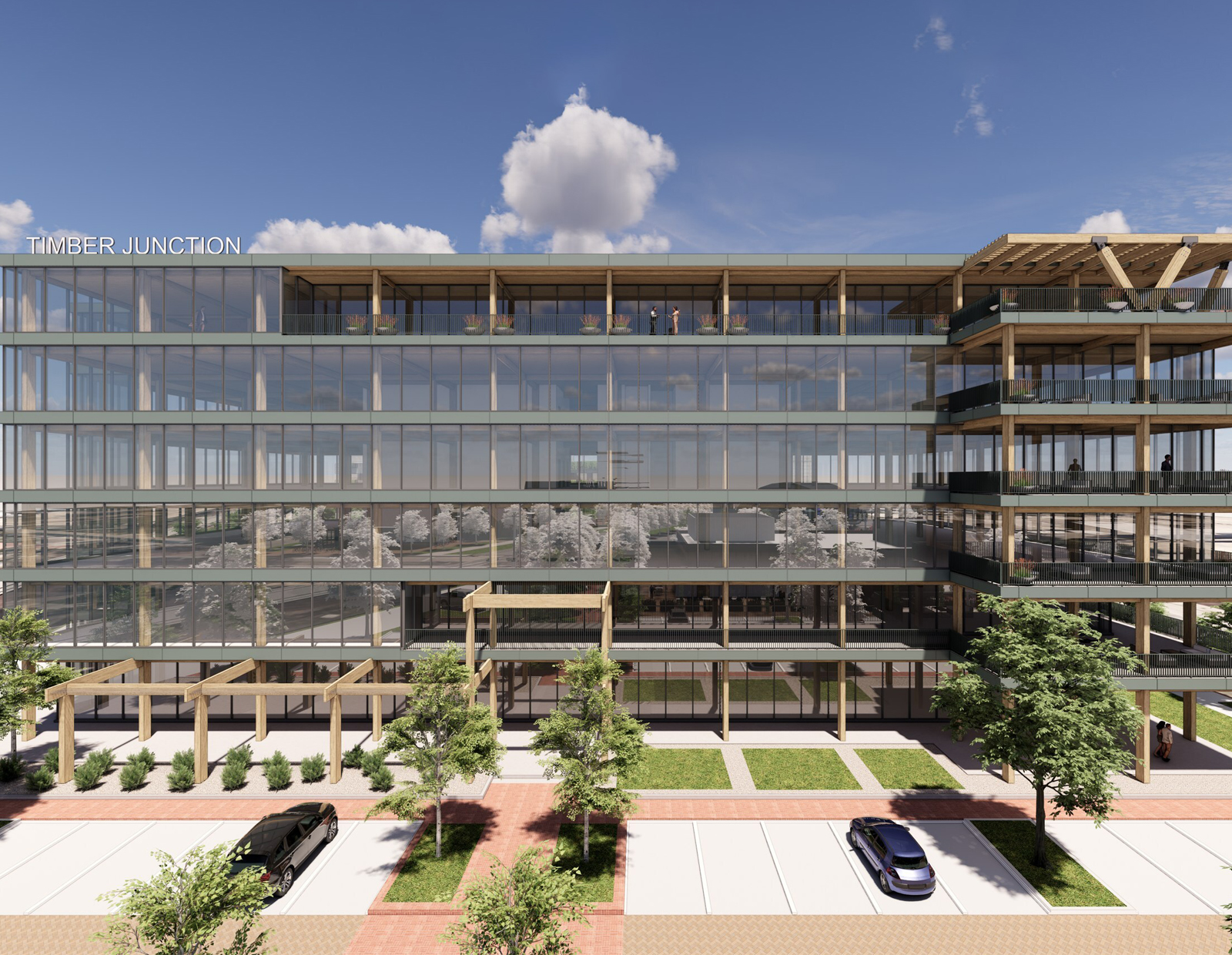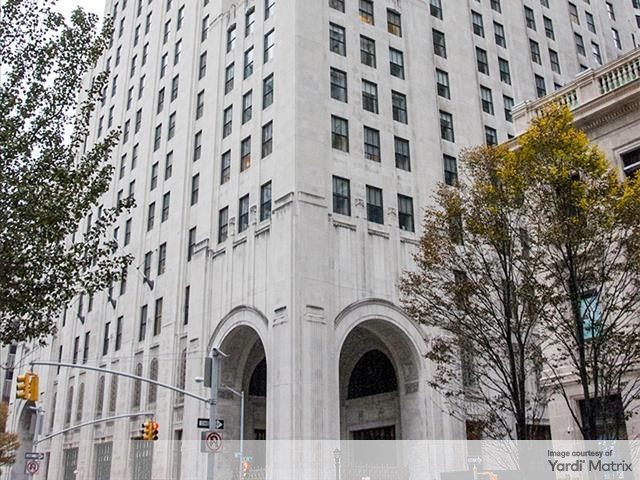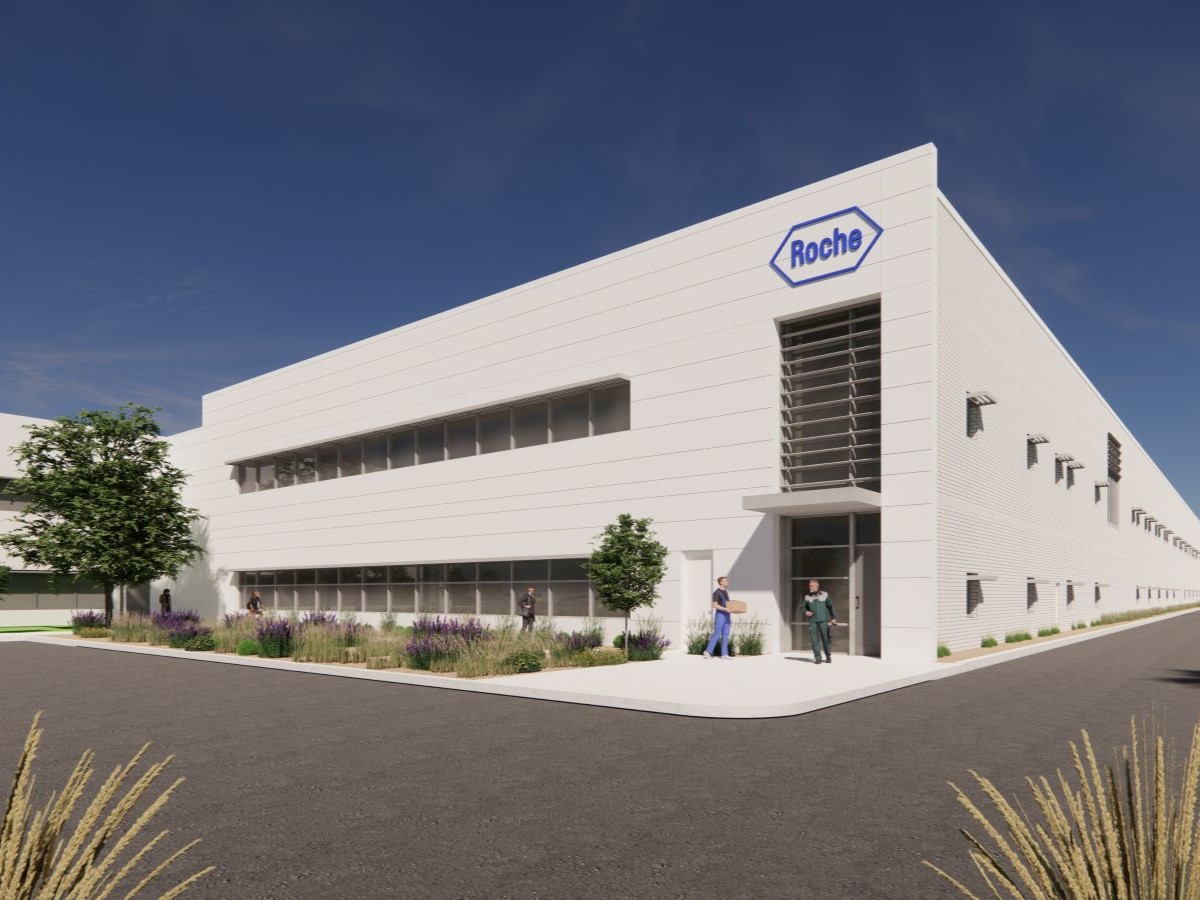VC Investment in Life Science Sector Is Healthy, But Slowing
Savills’ new report names markets to watch as well as the factors influencing capital flows into the sector.
Although venture capital funding in the life science sector fell 28.2 percent in 2022, that industry “is better prepared to withstand upcoming volatility as there is still elevated interest in life sciences and dry powder sitting on the sidelines,” according to the National Life Sciences State of the Venture Capital Market & 2023 Outlook, a new report from Savills Research and Data Services.
How much dry powder? Consider this: Among just the VC funds that have entered the life science sector since 2020, six have more than $1 billion each on hand: SoftBank Latin America Fund, Addition, Seven Seven Six, Colchuck, Anthos Capital and March Capital.
The onset of COVID-19 in 2020 threw the life science sector into the spotlight, with a sizable jump in VC investment. 2021 saw a record-setting level of investment of $81.2 billion nationwide.
And while there was a significant slowdown in the second half of this past year versus the first half, 2022 was nonetheless the second-largest fund-raising year.
READ ALSO: MBH Architects on Trends in Bay Area Life Science Design
The bottom line, Savills says, is that VC investors are likely to be more selective, especially in comparison to 2021. Still, the advantage for them is having “more time to value potential opportunities and avoid over-valuation that was rampant during 2021.”
On the other side of investment, Savills says, life science companies are shifting their expectations regarding how long fundraising may take in 2023, how valuation will look like, and which investors are ready to deploy available capital.
These life science markets top the charts
From the commercial real estate perspective, there’s no surprise that the metros that attracted the most VC life science funding in 2022—by far—were the San Francisco Bay Area ($18.5 billion) and Boston ($11.4 billion). Savills tags the emerging markets for VC funding as Chicago, Seattle and Raleigh-Durham, N.C.
In addition, however, the report highlights the importance of talent for a vibrant life science ecosystem. It cites Chicago as a market with a goodly supply of STEM graduates and suggests that the metro could see substantial growth following increased investment.
Other regions also show promise to develop or attract human capital:
- Maryland, from the Washington, D.C., suburbs to Baltimore, benefits from being close to the National Institute of Health and the Food and Drug Administration.
- Research Triangle Park in Raleigh-Durham continues to emerge as a nationally significant life science cluster.
- The Seattle and Denver-Boulder markets “are growing and benefit from the presence of tech and innovational ecosystems already underway.”
- Nashville is “a budding market” attracting both talent and funding, Savills says.








You must be logged in to post a comment.